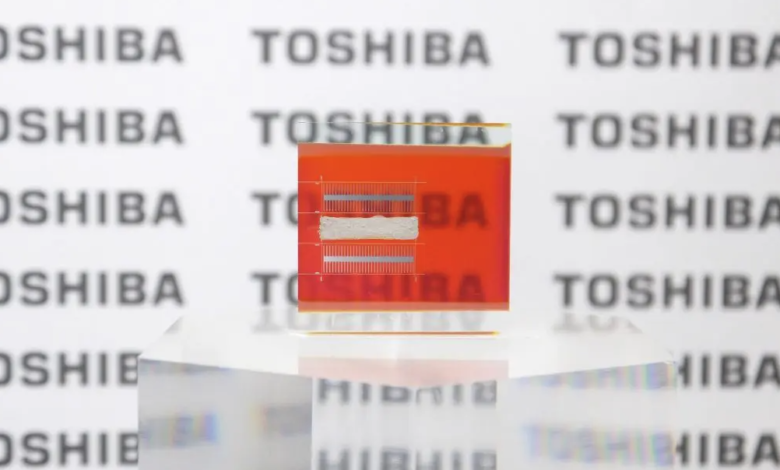Copper-based transparent solar cell, Toshiba continues to make progress

Conversion efficiency of 9.5% achieved with copper oxide
(sustainabilityenvironment.com) – New advances for the transparent copper-based solar cell made by Toshiba Corporation. Japanese researchers managed to increase conversion efficiency by more than one percentage point compared to their own record of 2021. Please note: the yield is still very low. We talk about just a 9.5% light conversion over an area of just 30 mm2. Nevertheless, the device represents a technological breakthrough for the solar sector.
The work is part of the strand of photovoltaic tandem, solar architectures that through the union of different semiconductors try to increase the capture of the spectrum and therefore the electricity generation. The Toshiba Corporation team is currently working on a transparent solar cell to be superimposed on a standard crystalline silicon unit. With the aim of creating efficient, low-cost and highly reliable systems to be “mounted on vehicles and trains, where there is limited installation space“.
Read also Living photovoltaic based on bacteria and nanotubes
The copper-based solar cell is actually made of copper oxide (Cu2O), an abundant and relatively common compound, which can also offer high absorption in the visible field and good moisture resistance. The company’s scientists have succeeded in increasing its performance by suppressing the recombination of charge carriers. “We found that a larger cell effectively suppresses photocarrier recombination,” explains Kazushige Yamamoto, a member of Toshiba’s Corporate Research and Development Center and team leader. “The increase in the area of energy generation from the previous 9 mm2 to 30 mm2 has produced a relative reduction in recombination on the edge of the cell and the consequent increase in photocurrent has pushed the efficiency to 9.5%”.
According to the group led by Yamamoto by placing the new transparent copper-based solar cell on a silicon cell with an efficiency of 25%, you would get a tandem device capable of converting 28.5% of the incident light into electricity. The result opens up new market prospects but Toshiba’s work is not finished. The company aims to bring the efficiency of the Cu2O to 10% and that of the Cu2O-silicon tandem cell to 30%.





